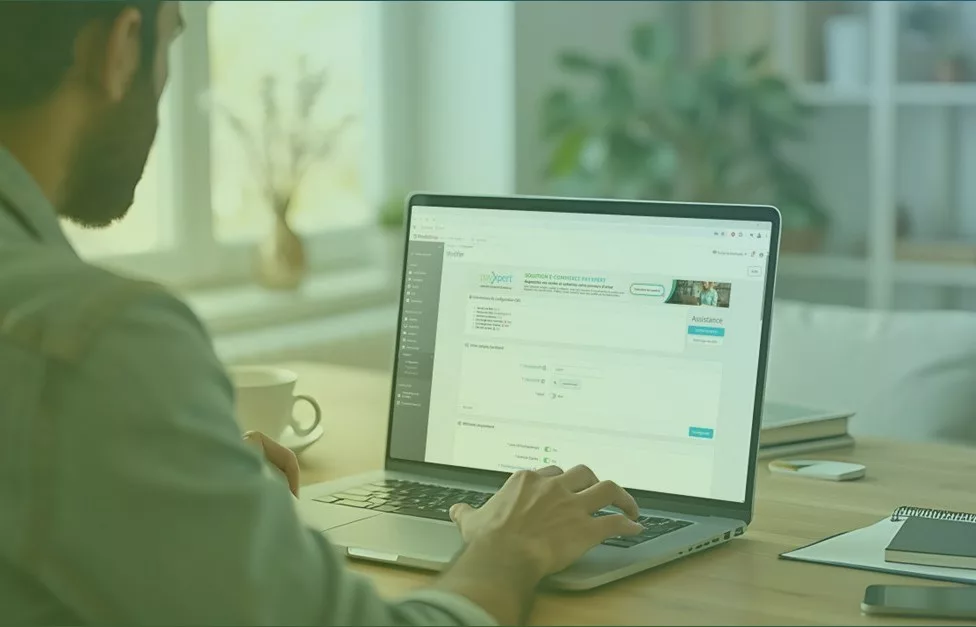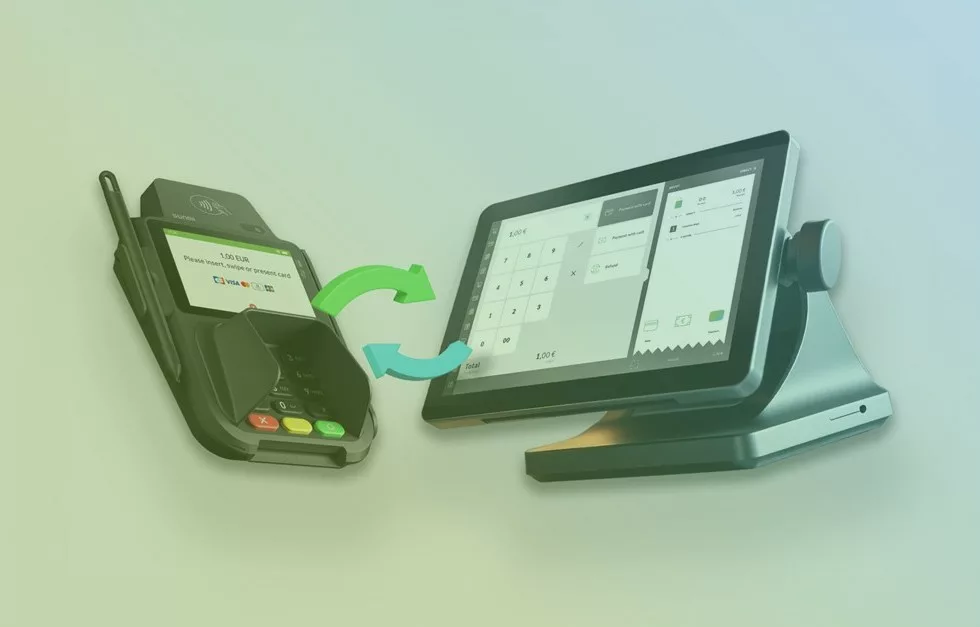Do you remember what a POS system is? Why is it recommended for your business? To talk about the types of Point-of-Sale Terminal, let’s first remember what it is. Easy! It is a device widely used in stores and establishments to manage sales. For this purpose, credit or debit card payments are made thanks to the dataphones. However, with the arrival of e-commerce and its growth, new types of POS have been developed and today we would like to share them with you.
What are their advantages and drawbacks? Are you going to miss them?
4 types of POS: Do you know them?
If you have an online store, we invite you to stay and discover the varieties of POS that you can find. We’re not just talking about the online universe, but the offline world as well.
- Physical or traditional POS
You’ll recognise it easily because it’s the one we have used all our lives in stores to manage sales. With it we can charge with credit or debit cards, as well as print tickets. And why not, even control the inventory. In any case, its structure is composed of software and hardware with which customers can buy and pay for a product in the physical channel. The merchant will pass the barcode through the reader to swipe the card and print the ticket. Purchase done!
- Advantages: faster management of the sales process, optimal data processing, greater flexibility, improved business image.
- Drawbacks: it can fail and cause the loss of stored information, although there are backup programmes that are ideal for such risks.
- Virtual POS
Do you have an eCommerce? Is part of your business physical? The best way to synchronise your stock is through a Virtual POS. Even if you only have an online part of your business, it will also be very valuable. You can accept payments via credit or debit cards, thus improving the user experience. However, these operations are carried out through platforms with different payment gateways. In short, it’s a system that you can easily enable on your website and that is hired through a bank.
- Advantages: it allows the use of multiple credit, debit or virtual cards, facilitates payment management, increases security and consumer trust.
- Drawbacks: It may incur higher maintenance costs and fees.
- mPOS
Did you know that this type of POS allows eCommerce to operate in a practical and simple way? In addition, you can receive payments via a mobile device. The online store accesses with a username and password provided by the corresponding entity.
- Advantages: simplifying sales and orders, registering business-associated products, increasing sales, reducing operating costs, improving the user experience, and reducing losses.
- Drawbacks: possible communication failures, must be connected to the internet constantly, relies entirely on technology and incurs higher costs.
- Mobile POS
It is very beneficial, above all, for freelancers who are constantly on the move to their customers’ homes. That’s where they collect the purchases. For this reason, having a dataphone or GPRS POS is an increasingly popular option for users. In general, it is a system full of advantages
- Advantages: it provides greater autonomy, facilitates customer payments, provides the possibility of making payments anywhere and at any time, does not entail maintenance fees.
- Drawbacks: there is a cost for the seller.
The choice of your POS will depend on the type of business you have. A physical store is not the same as an online store. In any case, this is a unique payment system for any business, and solution providers make it easy to set it up to improve the experience for both the business and its customers.
These aren’t the only types of POS you’ll find on the market. Kiosk, Multimedia and Portable POS deserve special attention. Likewise, your choice will depend on the characteristics and needs of your business.
How do I know if my business needs a POS system?
Now that you know the different types of POS terminals on the market, we invite you to find out if you need one of them. To do this, think about whether your business needs this type of feature:
- Automating the delivery of products to shoppers’ homes.
- Allowing consumers to pay with multiple credit, debit or virtual cards.
- Booking service sessions on a chosen date and time.
- Checking product availability.
- Making it easier to make payments and manage collections.
Do these features sound familiar to you? Would you like to offer and manage them with ease? Then it’s very likely that you need a POS system. This is what has happened to thousands of companies in recent years, especially eCommerce. The result is an enhanced user experience for both customers and the business itself.
What conclusions do we draw from the POS terminal?
During 2020, the electronic marketplace has experienced enormous growth, largely driven by the Covid-19 pandemic and the need to avoid contact and exposure to the virus. However, long before that, eCommerce began to mark a turning point in the way we buy and sell products. Now, the internet is the stage, and payment systems are the activity that verifies the purchase.
In this context, technological advances could not be left out, as they play a key role in consumer habits and eCommerce activity. The types of POS that we mentioned throughout this post are just a few examples of what technology can bring to e-commerce, but there are many steps being taken in the fintech sector.
Are you clear about which POS you need? Do you still have questions? Give us a call!




